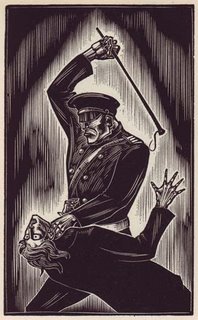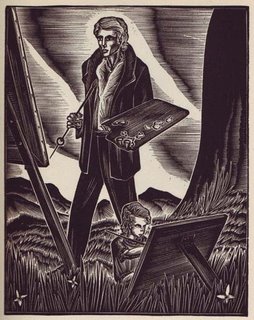







John K wrote about Dan Gordon today, so this was a good time to post some of his comics. He was a story artist at Fleischer's and then when Famous Studios was formed in New York he was one of the directors. He directed the classic Superman short "Mechanical Monsters" and also did some great work on Popeye - then he was no longer working for Famous Studios, and he started doing comics. Not sure what happened at Famous, but Gordon spent most of the '40s and '50s doing comics, mostly for ACG but also for DC, working for Jim Davis (the Fox & Crow artist, not the Garfield artist) Then he worked as story artist at Hanna Barbera in their early days on Huckleberry Hound & Flintstones. Here are some comics from the early '40s that show off Dan's skill as a cartoonist - I like the way he'll sometimes imply the punchline instead of making it obvious. He had a long-running series "Superkatt" in Giggle Comics that was briliantly written and drawn. For today, here are some selected shorts.






























 It tells the story of a youn artist wh
It tells the story of a youn artist wh


